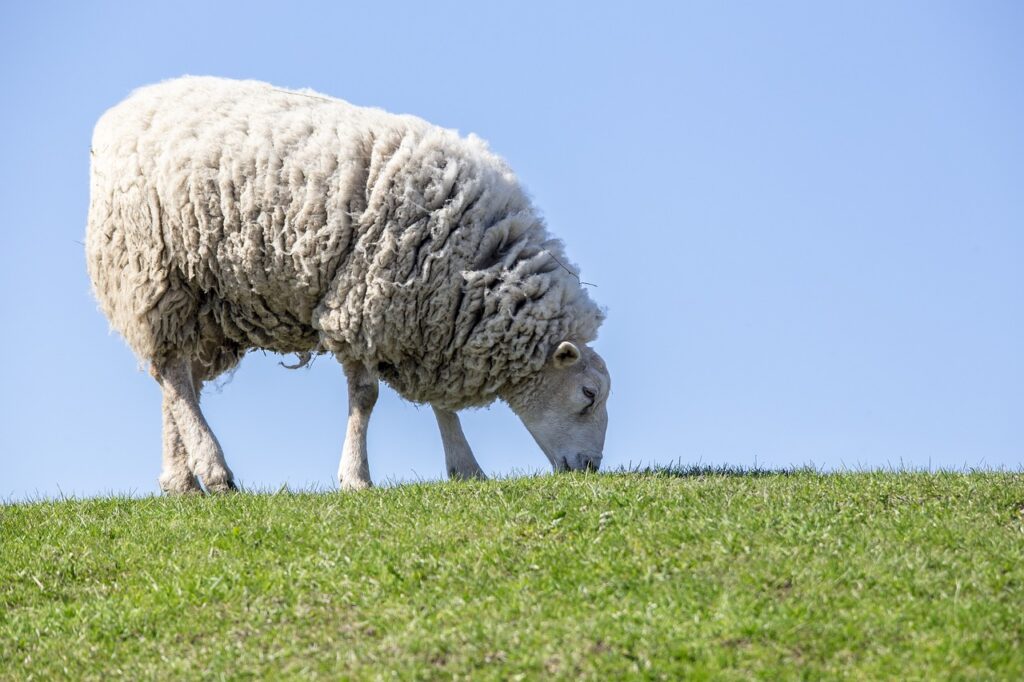Rotational grazing of sheep is a system that divides the grazing area into more than two paddocks, so that while one area remains occupied, the others are at rest. In this way, the total grazing area is reduced, which results in a more uniform consumption of forage by the sheep.
Rotational grazing allows for higher stocking densities. It is a great tool for producers with small plots of land or leased land. The modality allows them to expand herd size through better utilization of pastures.
Application of rotational grazing
The Eurosheep network suggests employing a three-week, three-day rotation in combination with seasonal weather changes. This rotation involves having 8 paddocks, moving cattle every three days and providing a three-week rest period.
It is important to note that as pasture growth slows, it is necessary to incorporate more paddocks into the rotation to increase the rest period and achieve the desired objectives.
The variation of general rest periods according to conditions are: in spring from 15 to 21 days; in summer from 25 to 30 days; in autumn from 30 to 40 days; and in winter from 90 to 100 days. The shorter the duration of grazing, the higher the utilization.
It should be noted that the movement times of ewes between plots may vary between countries, due to climate and the quality and type of pasture.
Positive aspects
Among the advantages of rotational grazing are the increase in pasture production and utilization. In addition, the improvement of pasture quality should be considered, which results in better cattle performance at the end of the season. Another factor to consider is the reduction of winter feeding expenses, since the grazing allocation at the end of the season is improved.
The improvement of pasture production in spring increases the resistance of the sown species. It also facilitates fertilization and the interruption of parasite development.



